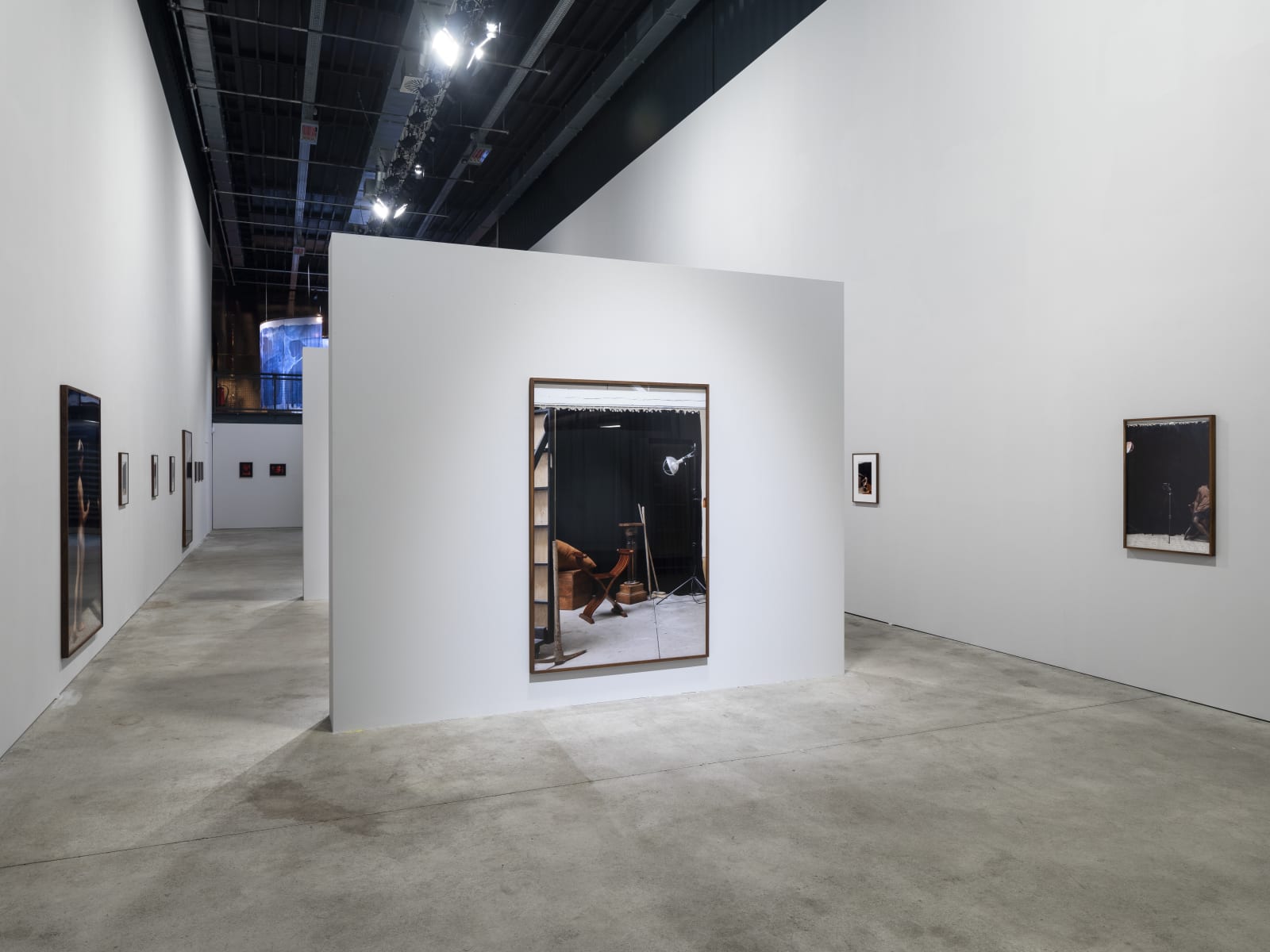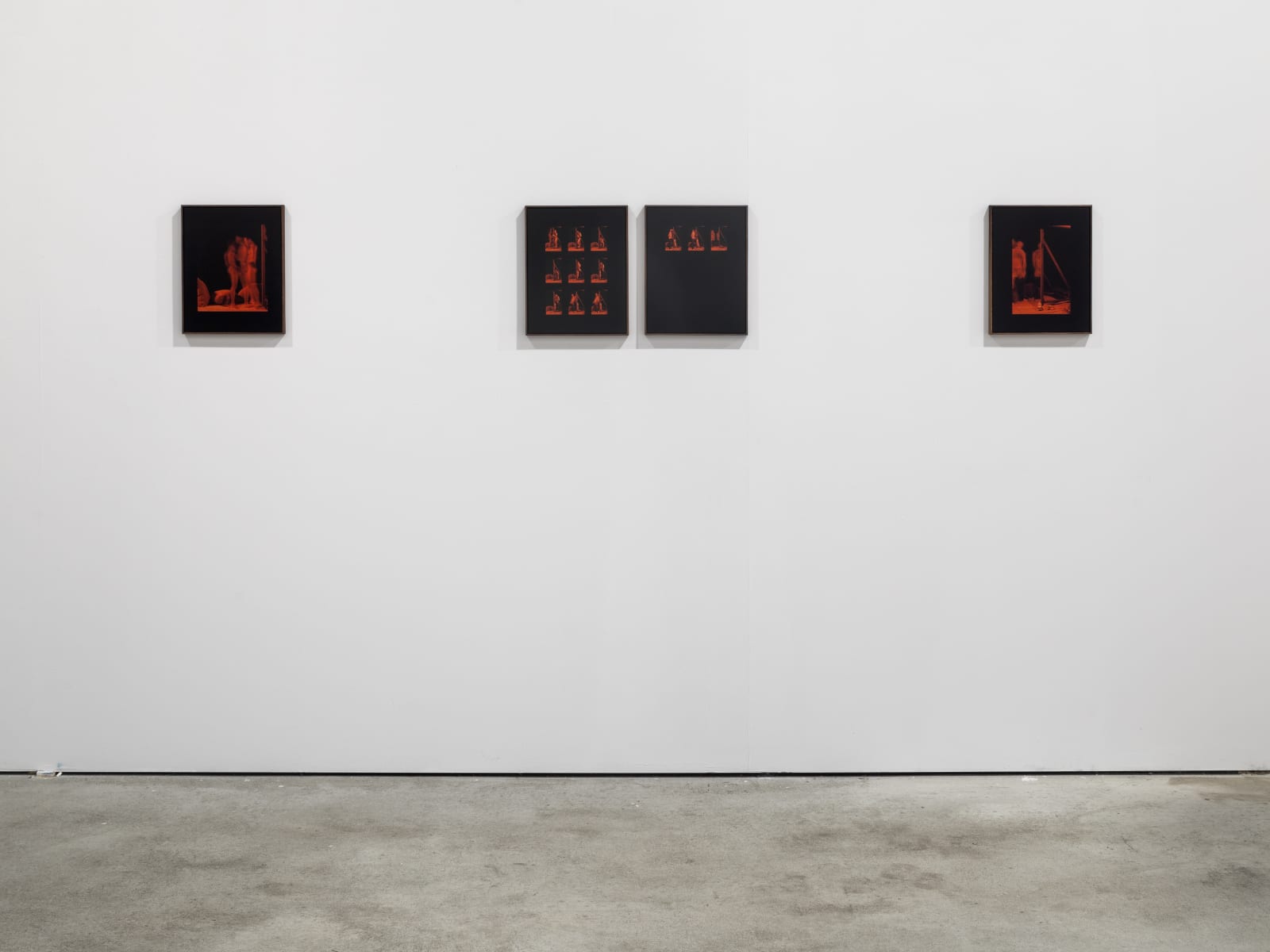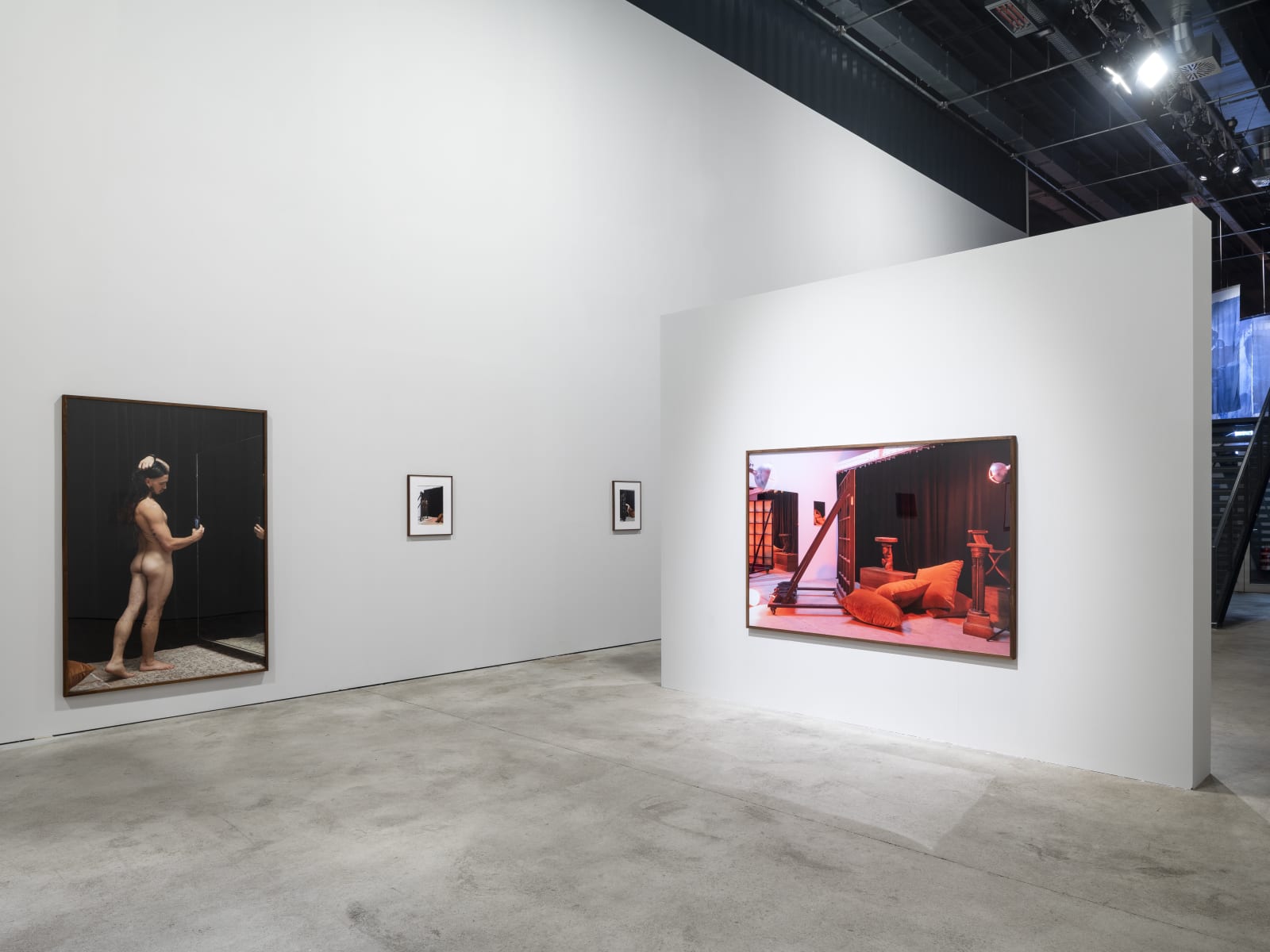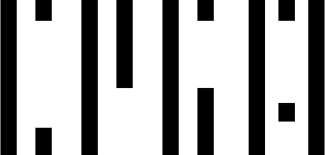Paul Mpagi Sepuya: Daylight Studio/Dark Room StudioPHOXXI – Temporary House of Photography, Deichtorhallen, Hamburg, Germany
With his Daylight Studio works SEPUYA weaves together histories and spaces of possibility of the portrait with contemporary interpretations of the portrait. Conceptual and aesthetic devices of 19th and early 20th century studio photography are reinvented to illuminate contemporary issues of portraiture: the interaction of photographer and sitter, the interior with all its symbolically loaden details and requisites and not lastly the space itself as an intimate, safe space of playfulness.
In the Daylight Studio and related bodies of work like figures, grounds and studies (2015-2017) and Dark Room (2017-2021), SEPUYA has been interested in centering subjective and material positions of blackness and queer-homoerotic desire in a conversation about the emergence, contemporary moment and possible future of the medium. The pictures do not aim to strictly define but rather question and reflect on the constructions of gendered and racialized sexuality.
In his Daylight Studio works, the people portrayed oscillate between portrayed subject and stylized model study - their interactions, poses and self-presentations largely self-selected rather than dictated by the artist. Most of them are SEPUYA's friends and befriended artists. The personal connection creates a special space of trust and intimacy - the studio becomes a private stage that invites people to experiment and play with self- presentation. SEPUYA himself takes up the role behind the camera, the invisible worker who maintains the space.
At the same time, he uses the studio as a space for self-reflection, a space of hyper-awareness of his own body and his role as a photographer in relation to all the objects and historical references surrounding. Often, the camera itself is in the picture, presenting the viewer with the powerful tool of image making and identity construction. The use of mirrors and already printed photographs reveals multiple perspectives, nests the images, makes invisible things visible and, as it were, holds up a mirror to the viewer. By clearly revealing all these conditions of studio photography, he draws attention to the act of viewing and asks us to reconsider our relationship to the subject as much as our own. "I want to raise the viewer's awareness of their position," SEPUYA says.
In contrast to this self-reflexive and symbolic nature of the Daylight Studio works, Sepuya's Dark Room Studio photographs emphasize the formal and technical elements of photography. Many of the Dark Room Studio works are illuminated only with red safety lamps, thus making the depicted bodies appear almost like distortions in their movements and interactions in the images, some of which are barely visible and are created by an extended exposure time of several seconds. In this way, they are reminiscent of early daguerreotypes or photo-historical studies such as Eduard Muybridge's Motion Studies - of everything that was not captured on plates, negatives and prints - and of the possibilities of creating references between present and past times. The images produced by dye-sublimation printing are unreproducible and unique.
The historically marginalized black queer gaze also informs SEPUYA's fascinating imagery. In an interview SEPUYA spoke about his interest in a queer modernity, saying he hopes his own work will inspire viewers to "think in new ways about the structures of photography, portraiture, and queer sociality." His goal is to create a universal visual language that is free of hierarchies and seeks to dissolve differences.
Curator: Ingo Taubhorn











